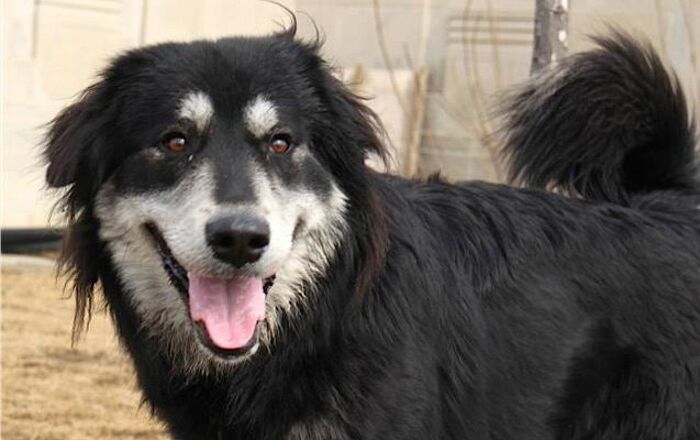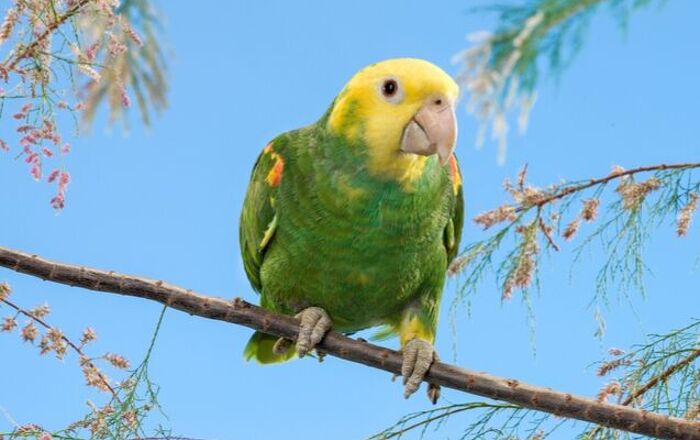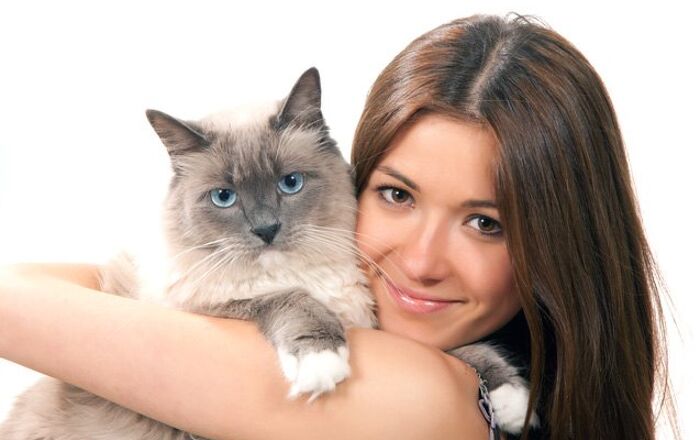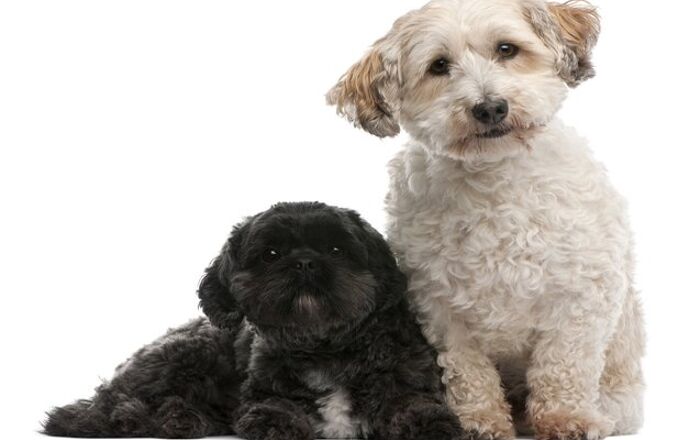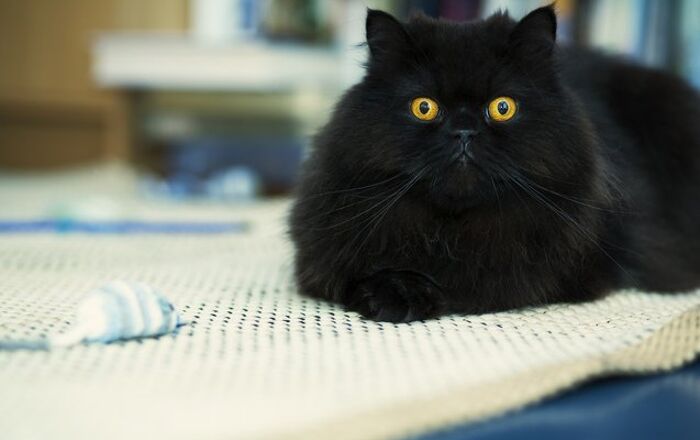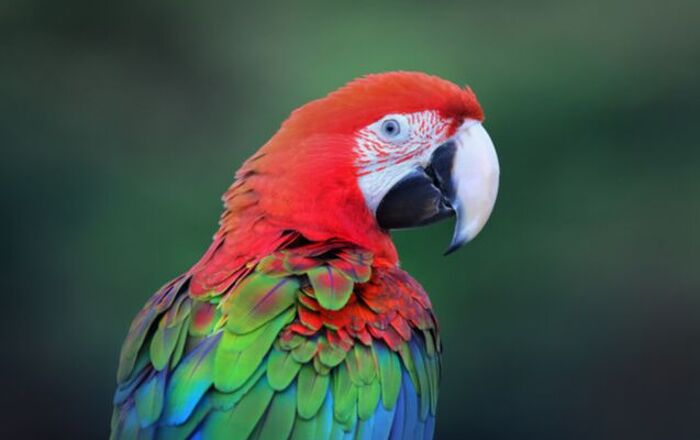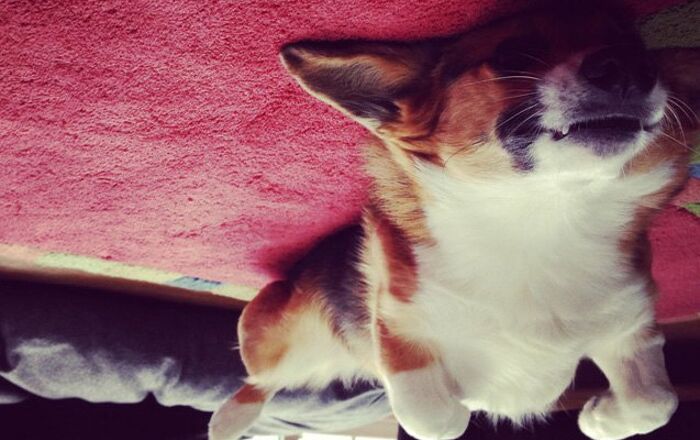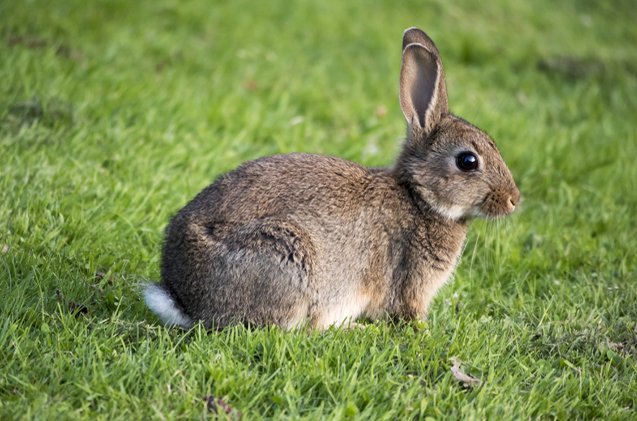
European Rabbit History/Origin
European Rabbit, known by biologists as Oryctolagus cuniculus, is the ancestor of most domesticated rabbit breeds. Thought to be a native of the Western Europe since the Roman times, the European Rabbit first evolved around 4,000 years ago, on the territory of today’s Spain.
After millennia of life in meadows and woodlands, European Rabbit now has a near-threatened conservation status. The habitat of the common rabbit, as this species is also referred to, is throughout Europe and in Northwest Africa, but they have been introduced to South America, Australia, and New Zealand. Unfortunately, in Australia, the European Rabbit became an invasive species and is now considered a pest, as it causes damage to agriculture and threatens Australia’s complex biodiversity.
The European Rabbit is the ancestor of approximately 80 different breeds of domestic rabbits.
Overall Description

The European Rabbit was the foundation for all of the breeds that exist today, as the first of the rabbit breeds were created by selectively breeding the wild common rabbit. The ears are upright and relatively long, with a muted dark color of the tips. Their tails are short and fluffy, and they have a semi-arch or mandolin body shape.
In comparison with other rabbit breeds, The European Rabbit falls into the category of small rabbits, as adult specimens weigh between 2.25 and 5.5 lbs.
Coat
The fur of the European Rabbit is soft but thick enough to protect them from the harsh weather. European Rabbits are endothermic, which means they need to be able to generate heat internally, so their coat is the only thing that prevents them from freezing in the winter or overheating in the summer.
Considered of normal type, their coat is short to medium length. There is no distinction between does and bucks when it comes to their appearance, apart from the fact that the males of the species tend to be slightly bigger, with broader heads.
Colors
Even though there are some variations to the physical traits due to the fact it’s a wild breed, European Rabbit’s coat is usually greyish-brown, with black and reddish hair sometimes present in the coat and giving it a beautiful shine. Their underside is paler, with a light grey or brown on the stomach, and white under the tail.
Melanistic European Rabbits are not unusual to see, so instead of typical brownish and grey, these rabbits can come in much darker shades or completely black.
These rabbits have a distinct brownish-grey coat that helps them survive harsh, cold winters in the wild.
Care Requirements

Even though European Rabbits live in the wild, instead as family pets, their basic needs are not that much different than those of most domestic breeds.
Their diet consists of herbs, grass, and twigs. In populated areas, they also have access to agricultural crops, so they eat fruits and veggies as well. The roughage like twigs or dried grass (hay) helps these rabbits grind down their teeth, and meets all the nutritional needs this species has. During the winter, these cute wild rabbits nibble on bulbs, remaining plants, and bark of trees.
They are nocturnal ground dwellers, and they make their home out of grassland areas, like field or parks, or woodland patches. Their habitat needs to allow them to easily make cover from the many animals that pose a threat to their survival, and where they can dig burrows in which they live.
The European Rabbits are well known for their unique burrow system (evident in their Latin name), as they create a complex system of interwoven tunnels in the ground known as “warrens”. Hundreds of rabbits can live in a warren, where they raise their young and stay safe from dangers of the wild.
Unfortunately, although common rabbits can live up to 9 years, most of them never live over one year, due to hunters, animal predators, and diseases.
Health
As they are considered an invasive species, viruses deliberately introduced into their habitat are the most significant health threats for the European Rabbit.
Virus such as Myxomatosis can cause fatigue, fever, skin tumors and blindness in rabbits, and the infected rabbits die within 14 days of contracting it. The virus very contagious and spreads easily, either by close contact with other diseases rabbits, or mosquito and flea bite.
One of the more devastating viruses that affect the common rabbit is viral haemorrhagic disease, a highly infectious virus which causes death in the 24 hours after the infection occurs.
Of course, not unlike pet rabbits, wild European rabbits can have internal parasites or suffer from bacterial and fungal infections.
European Rabbits have a near-threatened conservation status because of their many natural predators, hunters, and deliberately introduced viruses.
Temperament/Behavior
As a non-domesticated species, European Rabbits are wary of humans and easily scared. These rabbits are not meant to be pets, being raised in captivity will significantly shorten their lifespan.
Although not very friendly when it comes to people, these rabbits are social when it comes to other members of their breed. They are primarily solitary animals, but can form a group of up to 20 rabbits inside one warren. The members of the group look for food together and mate.
Unless you’re a professional that is educated and trained in rehabilitation of wildlife species, you shouldn’t try to handle or raise European Rabbits.
Photo credit: kwhw/Shutterstock.com; Brambilla Simone/Shutterstock.com; Rudmer Zwerver/Shutterstock.com




